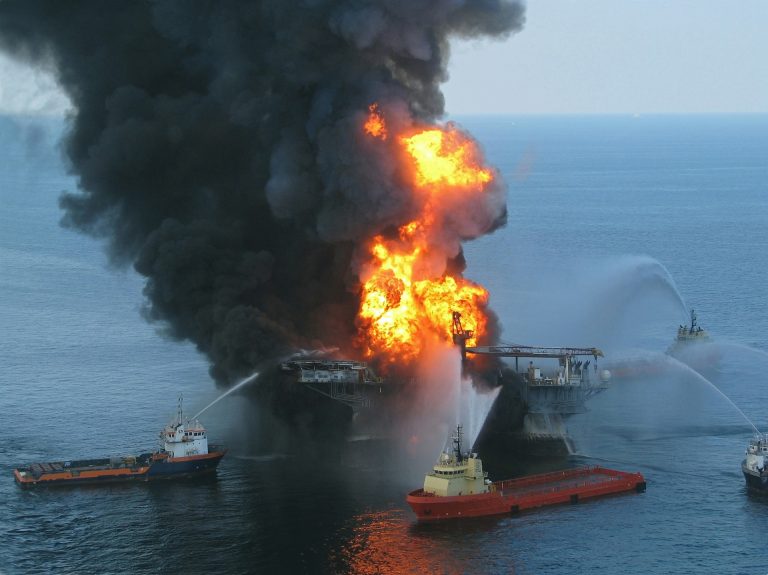
Topics covered
Nature follows its own laws, untroubled by humans existence. These laws are immutable and we human beings have always struggled to adapt to them. However, what is certain is that going against nature’s laws will not get us anywhere.
By harming our only true home – planet earth – we risk coming to the point where we will no longer have a home anymore. Unfortunately, following the beginning of the industrial revolution, human activity has damaged earth’s ecosystems and territories.
Here are three examples of worst environmental disasters of the last century.
Bhopal: The Union Carbide Gas Leak
Union Carbide India Limited (UCIL) – a chemical company – opened a pesticide plant in 1934 in Bhopal, the capital of Indian state Madhya Pradesh. On December 3, 1984, 45 tons of toxic methyl isocyanate gas escaped the pesticide factory. This accident cost the lives of around 20,000 people and caused health problems such as oedema for about 500.000 people. The number of people who even today suffer from serious diseases caused by this disaster is still very high.
From an environmental perspective, the repercussions of this environmental disaster are still felt today. In fact, thousands of tons of toxic chemicals – such as hexachlorobenzene and mercury – contaminate the area causing around 3 deaths per week.
Chernobyl: The Nuclear Accident
On 26 April 1986, a nuclear explosion occurred on the territory of the Ukrainian Soviet Socialist Republic. While the engenius where running tests, part of the security system was shut down. At a later time, flawed Soviet reactor design and crucial mistakes made by the plant operators were said to be the cause of the accident.
It is very hard to determine the death toll caused by this nuclear disaster. Following the accident, many people were evacuated and relocated. However, most of them were already contaminated by the radiations. Moreover, we should also take into account the impact of the radiations on women and births following the disaster.
The Chernobyl nuclear explosion has affected also the plants and animals living within 20 to 30 km of the disaster location. A high mortality rate and decrease in reproduction are the main consequences of the radiation on animal. However, over the years, the animal and plant population is slowly recovering from the effects of radiations.
Gulf of Mexico: The Deepwater Horizon Oil Spill
On 20 April 2010, in the Gulf of Mexico, the explosion and the sinking of the Deepwater Horizon Oil drilling rig became the worst oil spill in history. This explosion caused the death of 11 crewmen. However, the most severe consequences were undergone by the ecosystem in the Gulf. This is one of the worst environmental disasters for ecosystems. It endangered more than 8,332 marine species – some of which were already under threat.
We still do not know the full extent of damages caused by the Horizon Oil spill. However, it caused the biggest health crisis of the US.




